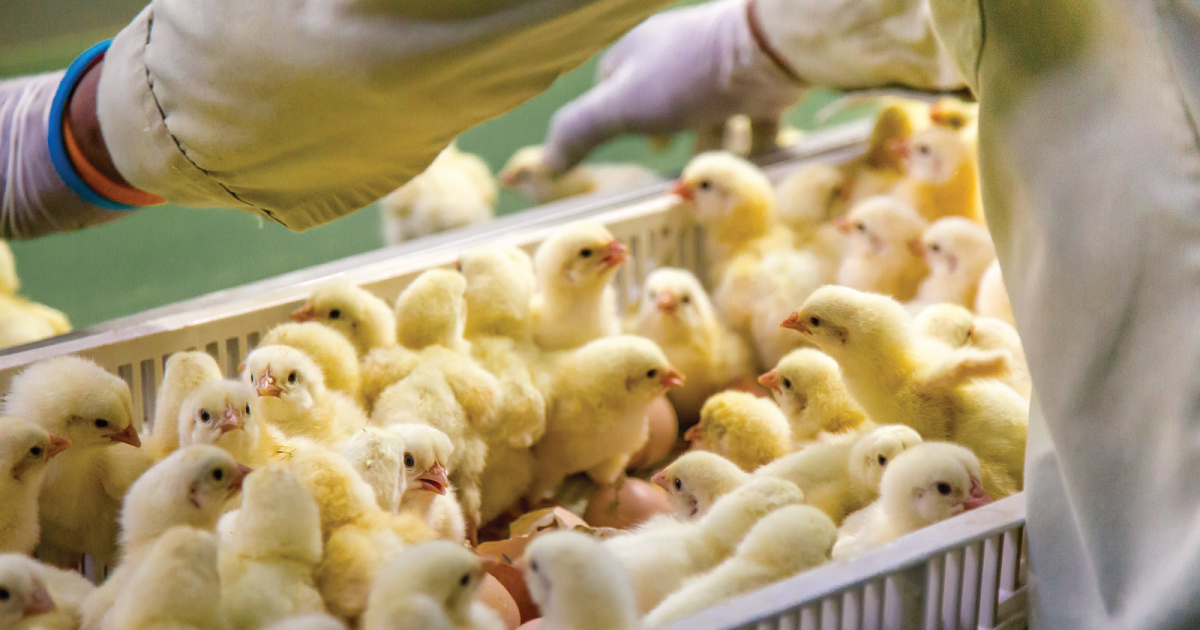
More Bad News for CAFO Poultry
There may be unsafe drug residues in your beef, pork, chicken and turkey, but the U.S. Food Safety and Inspection Service (FSIS), a branch of the U.S. Department of Agriculture (USDA), doesn't think you should be alarmed. Safety scientists at Consumer Reports disagree and suggest the residues could potentially be dangerous — and at the very least consumers should be alerted when residues are found and the potential risks should be investigated.
December 11, 2018 | Source: Mercola.com | by Dr. Joseph Mercola
There may be unsafe drug residues in your beef, pork, chicken and turkey, but the U.S. Food Safety and Inspection Service (FSIS), a branch of the U.S. Department of Agriculture (USDA), doesn’t think you should be alarmed.
Safety scientists at Consumer Reports disagree and suggest the residues could potentially be dangerous — and at the very least consumers should be alerted when residues are found and the potential risks should be investigated. The residues stem from nearly 6,000 samples of meat from concentrated animal feeding operations (CAFOs), taken from October 2015 to September 2016.
“I’m floored by these results,” Andrew Gunther, executive director of sustainable farming nonprofit A Greener World, told Consumer Reports. “These are potentially very dangerous drugs, appearing in more samples and at higher levels than I would have ever expected.”1
FSIS Downplays Drug Residues, Uses Inadequate Safety Cut-Offs
FSIS uses cutoff levels for drug residues in meat that are higher than those recommended by Consumer Reports, other scientists and other government agencies. Known formally as the minimum level of applicability (MLA), FSIS set higher cutoff limits partly in response to updated testing equipment that is able to detect lower amounts of potentially dangerous substances.
Consumer Reports quoted Dr. Robert Poppenga, a professor of veterinary toxicology at the California Animal Health & Food Safety Lab at the University of California, Davis, who has worked with the FSIS:2
“Analytical equipment has gotten so sensitive that it’s possible to detect things that you wouldn’t have 20 years ago … [the MLA gives] authorities some flexibility, and if they do find something at a very, very low level, they don’t necessarily have to take regulatory action.”
The high safety thresholds set by FSIS are inconsistent even with those set by other U.S. government agencies. For instance, the FSIS regulatory cutoff for chloramphenicol, an antibiotic, in meat is 3 parts per billion (ppb), but the U.S. Food and Drug Administration has blocked imports of shrimp that contained the drug at levels of 0.3 ppb.3
Another drug, the anti-inflammatory phenylbutazone, has safety cutoffs ranging from 1 to 11 ppb in Europe, in contrast to the FSIS’ much more generous limit of 50 ppb.4 For reasons unknown, FSIS does not use the limit of quantitation (LOQ), which is the lowest amount of a substance that can be reliably measured. LOQ is a widely accepted scientific standard.
Dr. Ronald Baynes, veterinary and director of the Center for Chemical Toxicology Research and Pharmacokinetics at North Carolina State University’s College of Veterinary Medicine, told Consumer Reports, “I find that very disturbing that [the FSIS has] different standards.”5
In their review of the data, Consumer Reports used their own more conservative safety cutoffs, which were a “best estimate” based on interviews with experts and reviews of government documents.
What Drugs Were Found in US Meat?
Consumer Reports, which obtained the FSIS data via Freedom of Information Act (FOIA) requests made by food safety organizations, reported that hundreds of the meat samples tested positive for drugs that are supposed to be banned or restricted in U.S. meat. This included:
• Chloramphenicol — This antibiotic is associated with several toxic effects in humans, including aplastic anemia (an inability to produce new blood cells, basically, a fatal form of anemia), and this effect is not dose dependent.
Because of its severe health risks to humans, chloramphenicol is only permitted for use in dogs and cats, yet the drug was found in beef, chicken, pork and turkey samples. The highest levels were found in beef.
In all, 81 of 2,865 beef samples contained this dangerous drug, and 12 of them contained levels above the FSIS cutoff (which again is 10 times higher than the FDA’s cutoff for imported foods). Pork, followed by chicken, had the next-highest levels.
• Phenylbutazone — This anti-inflammatory pain reliever is also known to cause aplastic anemia in humans, along with other blood disorders and cancer. Twenty-four of 1,448 pork samples contained the drug; one was above the FSIS cutoff.
• Ketamine — Ketamine is a hallucinogenic anesthetic, used experimentally as an antidepressant. Of 4,313 beef and pork samples combined, 225 had ketamine above the threshold suggested by Consumer Reports, while 15 were above the FSIS cutoff.
• Nitroimidazole — An antifungal drug with suspected carcinogenic activity, of 5,756 beef, pork and poultry samples, 667 contained the drug in levels above the CR threshold while 136 were above the FSIS cutoff.
As for how the drugs are winding up in meat, Consumer Reports suggested a number of possible routes of entry or exposure, including:
- Improper use, such as giving too high a dose or administering the drug too close to slaughter
- Counterfeit drugs
- Contaminated feed
- Intentional misuse
